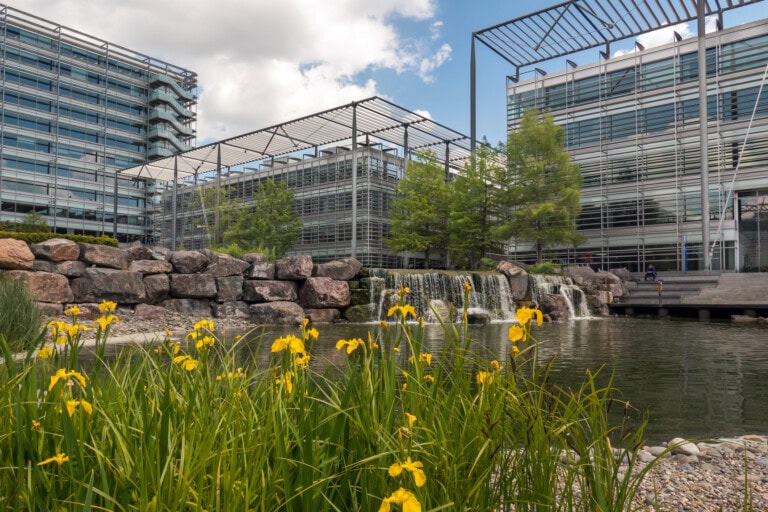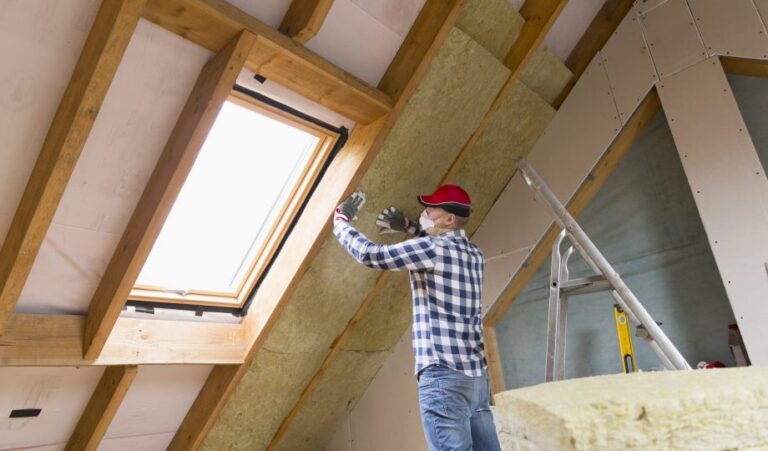Science-based targets or net zero?

Global mean temperatures are projected to increase 3.7 to 4.8°C, which would lead to catastrophic and irreversible effects on humanity and Earth’s ecosystems. In order to prevent the worst effects of climate change, scientists have identified the need to limit warming to 2°C.
In December 2015, the first global agreement of its kind was made when governments committed to maintaining global temperature within this 2°C limit, with the aim of keeping temperature rise to 1.5°C – the Paris Agreement.
Corporations have a clear responsibility in helping transition to a low-carbon economy. But what is the best approach for your company to address this challenge?
There has been much debate surrounding the best way to reduce corporate emissions to properly address global climate change. Here we will address this debate through discussion of science-based and net zero targets, their limitations, and how they can complement each other.
What are science-based targets?
Scientists understand the level of action needed worldwide to keep global warming within 2°C, but how does this apply to your business? Science-based targets translate the level of action needed globally down to a corporate level.
The Science Based Target intiative (SBTi) is a body that champions science-based target setting and officially approves these targets. Over 400 companies have committed to setting SBTs, and 106 have had them approved, including Tesco, BT, Unilever and Marks & Spencer.
There are various different methods available for setting Scope 1 and 2 science-based targets, but the SBTi recommends Sectoral Decarbonisation Approach (SDA) and Absolute Emissions Contraction as best practice.
Sectoral Decarbonisation Approach (SDA)
- Uses International Energy Agency (IEA) scenarios to model sector pathways to maintain warming within the 2°C limit.
- Accounts for growth for those companies expecting to increase their market share of the sector in the future.
Allows for intensity and absolute targets. - Applicable to a wide variety of sectors, including services/commercial buildings, food and beverage manufacturing, and transport.
Absolute Emissions Contraction
- Requires a company to reduce its emissions on an absolute basis as required by a given carbon budget.
- The SBTi considers the IPCC Fifth Assessment Report RCP2.6 subcategory as a guideline for reductions to stay under 2°C, and requires a 49% to 72% absolute emissions reduction by 2050 from 2010 levels.
In addition, the SBTi requires that companies set ambitious targets to reduce Scope 3 emissions if they represent greater than 40% of the company’s overall footprint.
What are the limitations of science-based targets?
Science-based targets can be hard to communicate. The terminology itself can be a big blocker to getting stakeholder buy in, yet becoming a low carbon business will require effort from many different groups. Describing to stakeholders how you will do this can require extensive engagement throughout the business, therefore the messaging must be right.
In addition to this, if a company were to follow the SDA methodology it must address the following three key issues.
- 50:50: The SDA assesses the decarbonisation required to stay below 2°C with a 50% probability. This means that if all companies in the world took this approach, we would still only have a 50% chance of staying under 2°C .
- Everyone must participate: SDA modeled science-based targets will only maintain global warming of 2°C if ALL companies participate, therefore those willing to do a bit more should lead the way by picking up the slack.
- It’s a global picture: Concept of taking a ‘fair share’ of the emissions reduction burden is not built into the models. For example, because of the UK’s historic contribution to global emissions, coupled with its wealth and technological capability, a steeper decarbonisation pathway may be required for British companies.
- Speculative technology: the model assumes that negative emissions technologies that have not yet been proven viable at scale, e.g. carbon capture and storage, will be viable solutions in the future. This reduces the necessary decarbonisation and raises the risk that emissions cuts will not be sufficient.
See “OFF TRACK: The IEA and Climate Change” for further reading.
What are net zero targets?
A net zero target is an aim to become carbon neutral by a certain date. A net zero carbon target differs from a zero carbon target in that offsets can be used to reach “zero”.
Using Wikipedia’s definition, “carbon neutrality, or having a net zero carbon footprint, refers to achieving net zero carbon emissions by balancing a measured amount of carbon released with an equivalent amount sequestered or offset, or buying enough carbon credits to make up the difference”.
The WorldGBC refers to a net zero carbon building “as highly energy efficient with all remaining energy from on-site and/or off-site renewables sources.”
What are the limitations of net zero targets?
- Climate change science: It’s important to make sure your net zero targets is aligned with global ambition, or else it may be too little, too late. A target end date of 2100, for example, would not be compatible with climate change science.
- Undefined pathway: It’s important that companies begin to reduce their emissions in line with requirements as soon as possible. In the worst case scenario, if a company were to maintain steady levels of emissions, then suddenly drop to zero in 2050, they would not be doing their fair share to reduce emissions.
- Lack of boundary: there is no universally agreed boundary for net zero targets and many companies have focused on reducing only their Scope 1 and 2 emissions, requiring little to no efforts to reduce upstream (e.g. supply chain) and downstream (e.g. customer) emissions.
- Carbon offsetting: In order to reach “zero” emissions, companies often use offsets or carbon credits. Offsetting is controversial and is often seen as a “get out of jail free” card.
What is the conflict between science-based targets and net zero?
Science-based targets do not allow carbon offsetting to achieve targets. As long as a net zero target requires decarbonisation at a date in line with, or earlier than, that dictated by climate change science, i.e. reaching zero carbon around mid-century, without the use of carbon offsets, it is a science-based target.
Because a science-based target is ANY target that is in line with keeping warming below 2°C, a net zero carbon target that does the same should be considered “science-based”.
So, science-based targets or net zero?
Carbon Credentials recommendation is that aligning targets with 2°C should be the absolute minimum level of ambition for science-based targets, and companies should only set net zero carbon targets compatible with science-based target requirements.
Setting a net zero target aligned with a science-based trajectory, i.e. zero carbon by 2075 or before (without using carbon offsets), could actually be the easiest way to approach science-based targets. It’s simple to communicate and ensures appropriate climate action.
The terms science-based targets and net zero are not exclusive, and by following the guidelines suggested above, a company can ensure it’s taking the most climate sensitive approach to its carbon reduction strategy.
An example of science-based and net zero targets working together is the B Team’s Net-Zero by 2050. The Net-Zero by 2050 Team is a leadership group of CEOs and their companies, who are working together to accelerate the just transition to net-zero greenhouse gas emissions by 2050. Companies in this group must have approved science-based targets and a clear plan to implement their target in line with with the level of ambition required to keep global temperature rise below 1.5°C and to reach net-zero emissions (in Scopes 1, 2 and 3) by 2050.
For more information on 1.5°C targets, please see Carbon Credential’s case study on working with Tesco to set its approved science-based targets.
For more on UKGBC’s Advancing Net Zero project, see here.
This blog was originally published on Carbon Credentials on May 31.
Make sure to follow the UK Green Building Council on Twitter, LinkedIn, and Facebook.
Related
Storms, climate change and how we make our cities resilient

Sustainable Construction for the Sustainable Development Goals

Fixing the Competency Gap: Moving Beyond Qualifications in Domestic Retrofit

UKGBC Members visit Coal House in Cardiff

